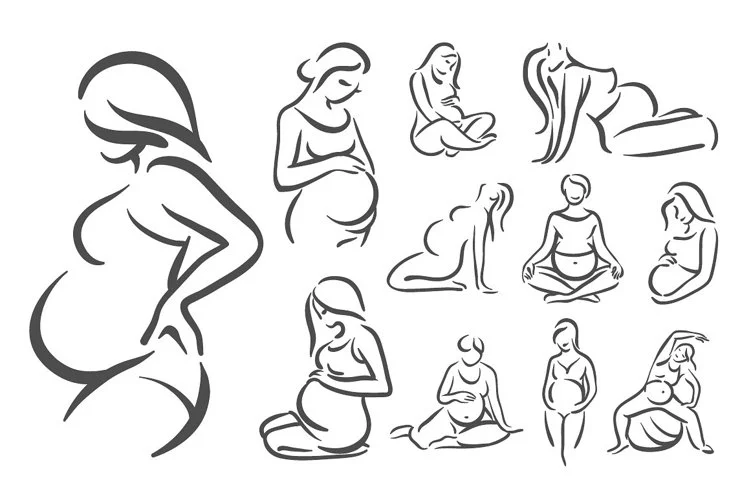As mothers, the issue of paid family leave is one that resonates deeply with us. Whether you’re a working mom navigating time off or a stay-at-home parent wishing for more family time, the conversation around maternity leave is crucial. Shockingly, only three nations globally—Papua New Guinea, Oman, and the United States—fail to provide any form of paid maternity leave. Instead, we have the Family Medical Leave Act, which allows for up to 12 weeks of unpaid leave, offering a mere safety net that doesn’t cover financial necessities.
This lack of support hits home. I experienced this firsthand when my partner took just two weeks of unpaid leave after the birth of our child, struggling to manage the demands of a growing family while I was still recovering. The need for comprehensive maternity care reform is urgent.
Hillary Clinton’s Proposal
Hillary Clinton recognizes this pressing issue. In a statement last year, she emphasized, “Too many moms have to return to work just days after their babies are born. […] And too many dads and parents of adopted children don’t get any paid leave at all. […] None of this is fair to families.” Her proposal aims to guarantee 12 weeks of paid leave for parents welcoming a new child or caring for a sick family member, ensuring at least two-thirds of their salary, capped at a certain limit. Importantly, small businesses would not bear the financial burden; funding would come from increased taxes on the wealthy.
Critics, including the Committee for a Responsible Federal Budget (CFRB), argue that Clinton’s plans may be underfunded by approximately $250 billion over a decade, raising questions about their feasibility.
Donald Trump’s Approach
On the other side, Donald Trump acknowledges the need for support during this pivotal time, noting that only 12% of private sector employees have access to paid family leave. His approach combines paid maternity leave with unemployment insurance, providing mothers with six weeks of paid leave. However, this plan varies significantly by state and offers a lesser duration than Clinton’s proposal. Trump estimated the cost at $2.5 billion annually, offsetting it by eliminating waste in the current unemployment system; yet, the CFRB suggests the actual cost could soar to $30 billion per year.
Other Perspectives
Interestingly, Gary Thompson, the Libertarian candidate, stands firmly against federally mandated maternity leave, arguing that businesses should determine their employee benefits without government intervention. This stance aligns with libertarian principles but has drawn criticism from many mothers who feel unsupported by such views.
Meanwhile, Jill Edwards from the Green Party supports paid maternity leave but proposes that the federal government should fund these programs rather than placing the burden on businesses. Specifics of her plan remain unclear, but it reflects a growing consensus among candidates—except for Thompson—on the necessity of paid leave.
Conclusion
In summary, while Trump’s six-week offer may seem like a step in the right direction, it pales in comparison to Clinton’s comprehensive 12-week plan that also addresses paternity leave and adoption. With a growing need for family support, it’s clear that discussions around maternity leave require immediate and serious attention. If you’re interested in more insights on this topic, check out our post on maternity leave policies, or explore fertility supplements from reputable retailers for those considering at-home insemination kits. For more information on reproductive health, the Genetics and IVF Institute offers an excellent resource.
Summary
The debate around maternity leave in the U.S. highlights a pressing need for reform. Hillary Clinton’s proposal for 12 weeks of paid leave stands in stark contrast to Donald Trump’s six-week offering, underscoring varying approaches to supporting parents. With only a few countries lacking mandated paid leave, the conversation is more critical than ever.

Leave a Reply